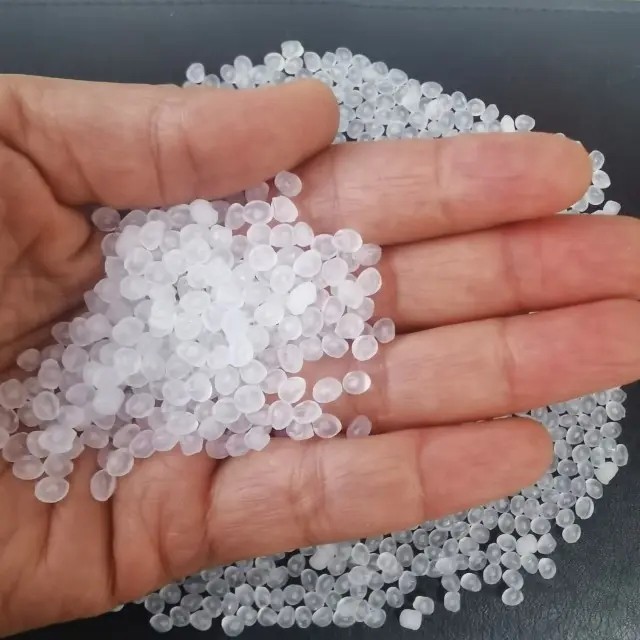Copolymer Polypropylene For Household electrical components
Copolymer Polypropylene is a versatile and durable material that is highly suitable for use in a wide range of household electrical components. This material is a type of thermoplastic polymer that is made from a combination of propylene and a secondary monomer. It is known for its excellent strength, durability, and resistance to heat and chemicals.
One of the primary benefits of using Copolymer Polypropylene for household electrical components is its high level of safety. This material is non-toxic and does not emit harmful fumes or gases when exposed to heat or fire. Additionally, it is highly resistant to damage from impact or abrasion, making it ideal for use in products that will be subjected to regular wear and tear.
Copolymer Polypropylene is also an excellent choice for its versatility. It can be easily molded and shaped to fit a wide range of applications, from electrical sockets and plugs to wiring conduits and devices. This makes it an ideal material for use in the production of a wide range of household electrical components.
Another key benefit of using Copolymer Polypropylene is its thermal stability. This material is highly resistant to heat and can withstand high temperatures without melting or warping. This makes it ideal for use in applications where electrical components may be subjected to high temperatures or prolonged exposure to heat.
Overall, Copolymer Polypropylene is an excellent material for use in household electrical components. It offers a high level of safety, versatility, and thermal stability, making it an excellent choice for a wide range of applications. With its many benefits and durability, it is the perfect material to help keep your home's electrical components running smoothly and safely for years to come.
Hot Tags: copolymer polypropylene for household electrical components, China copolymer polypropylene for household electrical components manufacturers, suppliers, factory, tpv plastic material, 0 83 PET Virgin, tio2 anatase rutile, talc titanium dioxide, pvc resin s6532, pbat





